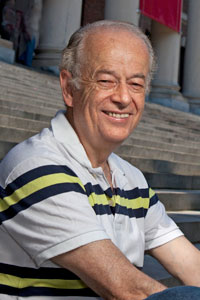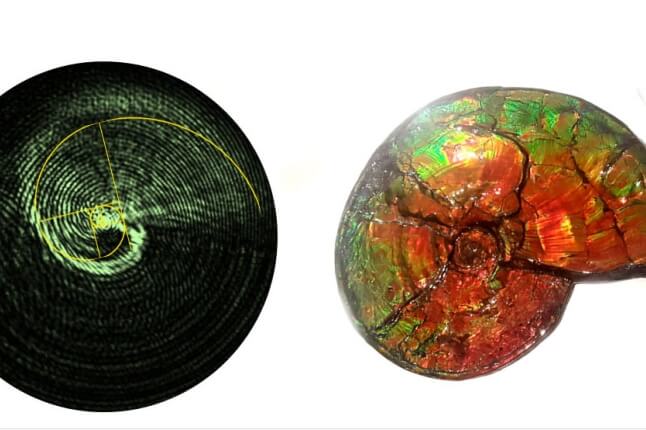News
Federico Capasso, a researcher who has been widely honored for his interdisciplinary research in fields such as materials science, solid-state physics, electronics, and photonics, has received the 2011 Jan Czochralski Award.
Federico Capasso, Robert L. Wallace Professor of Applied Physics and Vinton Hayes Senior Research Fellow in Electrical Engineering at the Harvard School of Engineering and Applied Sciences (SEAS), has been awarded the 2011 Jan Czochralski Award.
The award is named for Jan Czochralski, a famous Polishscientist known for his discovery of the technology forgrowing single crystals, now known as the Czochralski Method.
Taking into account the merits of Czochralski for materials science,technology transfer to industry, and international collaboration, the European Materials Research Society (E-MRS) established an award in recognition of his contributions.
E-MRS selected Capasso for his lifetime achievements in the field of advanced materials science.
Capasso received the Doctor of Physics degree, summa cum laude, from the University of Rome, Italy, in 1973. After a 27-year career at Bell Labs, he came to Harvard in January 2003.
His research in nanoscale science and technology has covered abroad range of topics starting with his pioneering research on bandgapengineering of artificially structured semiconductor materials and devices.
This research culminated in the invention and first demonstration by Capasso and his group at Bell Labs in 1994 of quantumcascade (QC) lasers. Capasso showed that by varying the thickness of layers in the active region, it is possible to select the wavelength atwhich a QC laser will emit light, customizing it for a specific application.
Other highlights of his research include the investigation of the Casimir effect (the attraction between any pair of macroscopic bodies due to quantum fluctuations of vacuum) and in particular the first measurement of a repulsive Casimir. He has also worked on plasmonics, demonstrating laser antennas capable of creating high-intensity nanoscale light spots for optical recording and highly collimated beams.
He has been widely honored for his interdisciplinary research infields such as materials science, solid state physics, electronics, and photonics. His honors include membership in the National Academy of Sciences, the National Academy of Engineering, and the American Academyof Arts and Sciences. Capasso earned the 2010 Berthold Leibinger Zukunftspreis (the future prize) for excellent research on the application or generation of laser light.
In 2005 he received, jointly with Nobel Laureate Frank Wilczek (MIT) and Anton Zeilinger (University of Vienna), the King Faisal International Prize for Science for his research on QC lasers. The citation called him “one the most creative and influential applied physicists in the world.”
Past recipients of the Jan Czochralski Award include: Walter Heywang, former Director of Research of Siemens; Boris Paton, the long-term President of the Ukraine National Academy of Science; Thaddeus B. Massalski, professor at Carnegie Mellon University; Shuji Nakamura, professor at the University of California; Kurt Heinz Juergen Buschow, professor at the University of Amsterdam; Hermann Grimmeiss, professor at the University of Lund; and Mildred Dresselhaus, professor at MIT.
Topics: Applied Physics
Cutting-edge science delivered direct to your inbox.
Join the Harvard SEAS mailing list.
Scientist Profiles
Federico Capasso
Robert L. Wallace Professor of Applied Physics and Vinton Hayes Senior Research Fellow in Electrical Engineering




